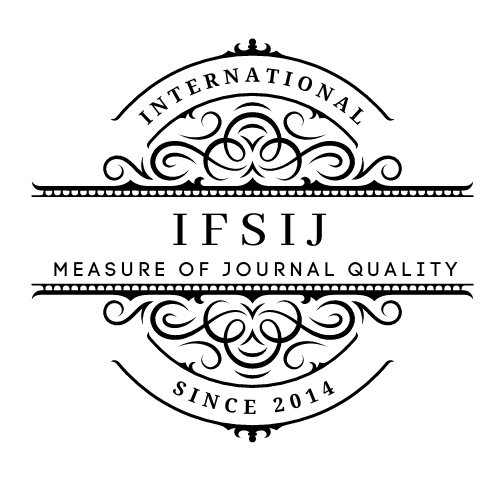BLOOD TESTS AND THEIR ROLE IN THE DIAGNOSIS OF ANEMIA IN CHILDREN
Keywords:
Аnemia, pediatrics, blood tests, CBC, reticulocyte count, iron-deficiency anemia, megaloblastic anemia, hemolytic anemia, vitamin B12, folate.Abstract
Anemia is one of the most common hematological conditions in children, often resulting from nutritional deficiencies, chronic diseases, or inherited disorders. Early diagnosis and appropriate treatment are essential for preventing long-term complications. Clinical laboratory tests are key to diagnosing anemia and determining its underlying cause. This article reviews the most commonly used blood tests for diagnosing anemia in children, such as complete blood count (CBC), reticulocyte count, serum ferritin, iron levels, vitamin B12, and folate. It also discusses the role of these tests in differentiating between types of anemia, including iron-deficiency anemia, megaloblastic anemia, and hemolytic anemia.
Downloads
Published
How to Cite
Issue
Section
License

This work is licensed under a Creative Commons Attribution-NonCommercial-NoDerivatives 4.0 International License.















